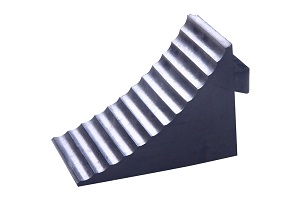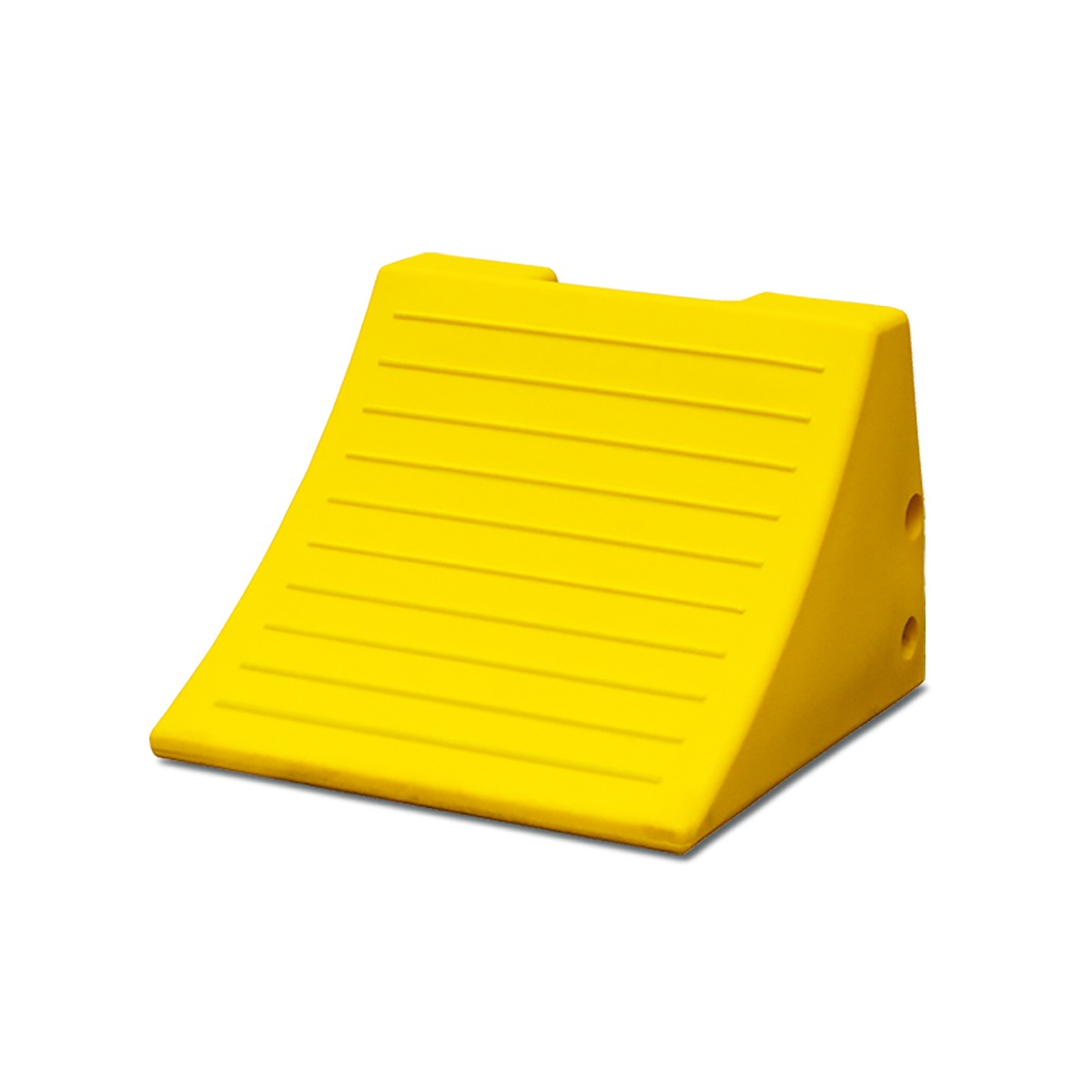Wheel Chocks FAQ's
Are wheel chocks required?
Wheel chocks are not required in the majority of instances however they can improve safety and reduce the risk of damage to surrounding areas as they prevent accidental movements of vehicles.
What is the purpose of wheel chocks?
Wheel chocks are used to prevent vehicles, including lorries, caravans and planes, rolling accidentally. Wheel chocks are used as an additional safety device, along with the vehicle break. They are often used when a vehicle is parked on a hill, or during loading/unloading.
How many wheel chocks do you need?
A minimum of 2 wheel chocks is required for the wheel chocks to work effectively. For wet or muddy ground conditions, several chocks may be required.
Where should wheel chocks be placed?
Wheel chocks must be placed downhill. For example, when a car is facing downhill, the chocks would be placed in front of the front wheels. When the car is facing uphill, the chocks should be behind the rear wheel.
How do chocks work?
Wheel chocks work by preventing the car from rolling. It is important to ensure tyres are properly inflated to prevent failures occuring.
Are wheel chocks safe to use?
Health and safety assessments should be undertaken prior to using wheel chocks. Due to the location wheel chocks are placed in, individuals can be put at risk when moving the wheel chocks and therefore drivers need to be aware not to move until they have been informed it is safe to do so.
Which wheel chock should I buy?
You need to consider the size of the vehicle, weight of the vehicle and the ground type when buying a wheel chock. Smaller tyres require smaller chocks. In general a wheelchock should be at least 1/4 of the height of your tyre/wheel. For example, if you measure the height of your tyre and divide this by 4 this will identify the size of wheel chock you require. We have a range of wheel chocks suitable for cars and industrial machinery which can be viewed here.
Are wheel chocks required for caravans?
If you own a caravan or motorhome it is often recommended you purchase wheel chocks as not all campsites are level. Motorhome levellers are also a popular choice for those with motorhomes and caravans.
What are wheel chocks made from?
We have a variety of wheel chock which are produced from various materials including rubber, plastic and polyurethane.
Our range of Wheel Chocks can be found here.









